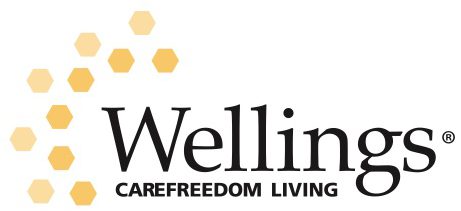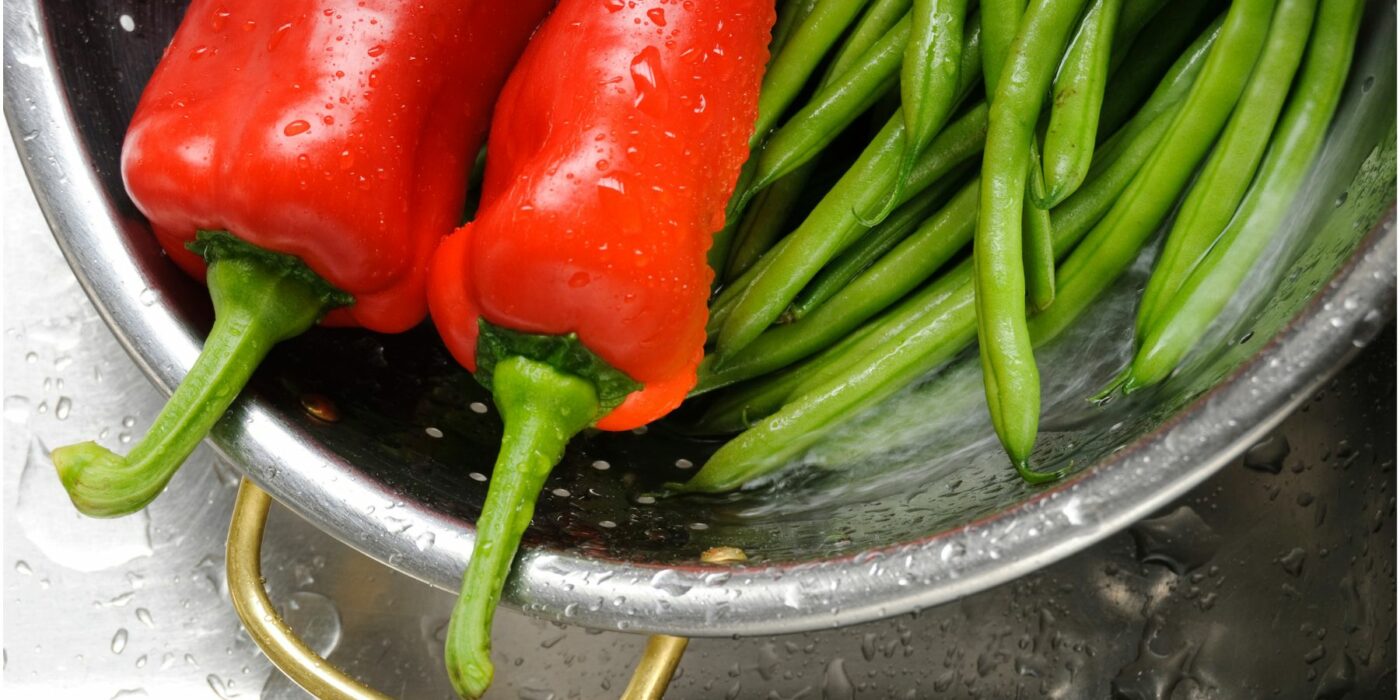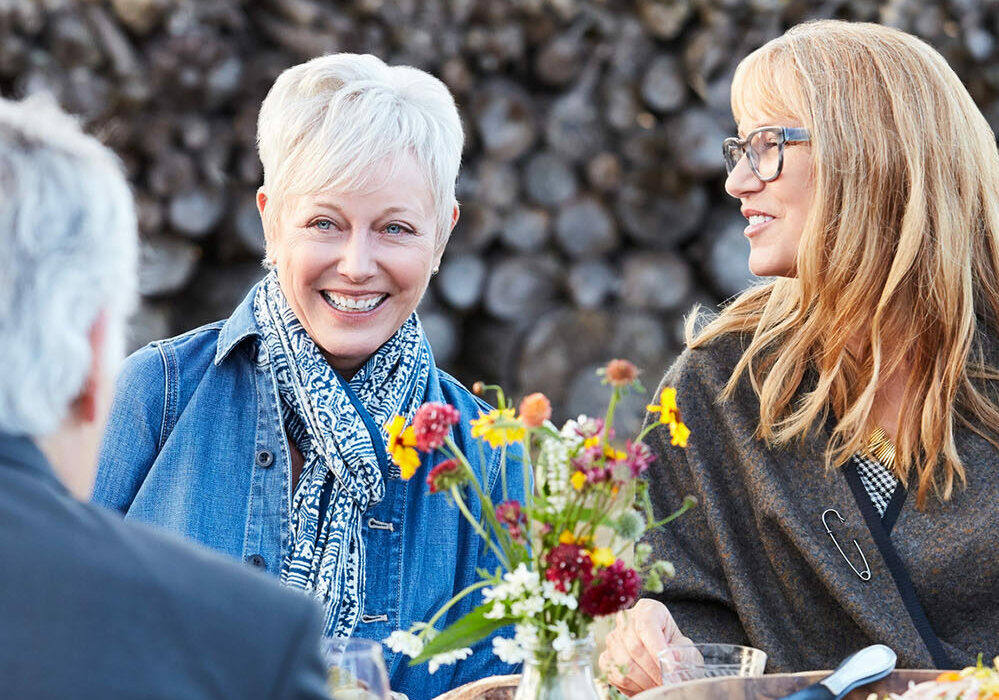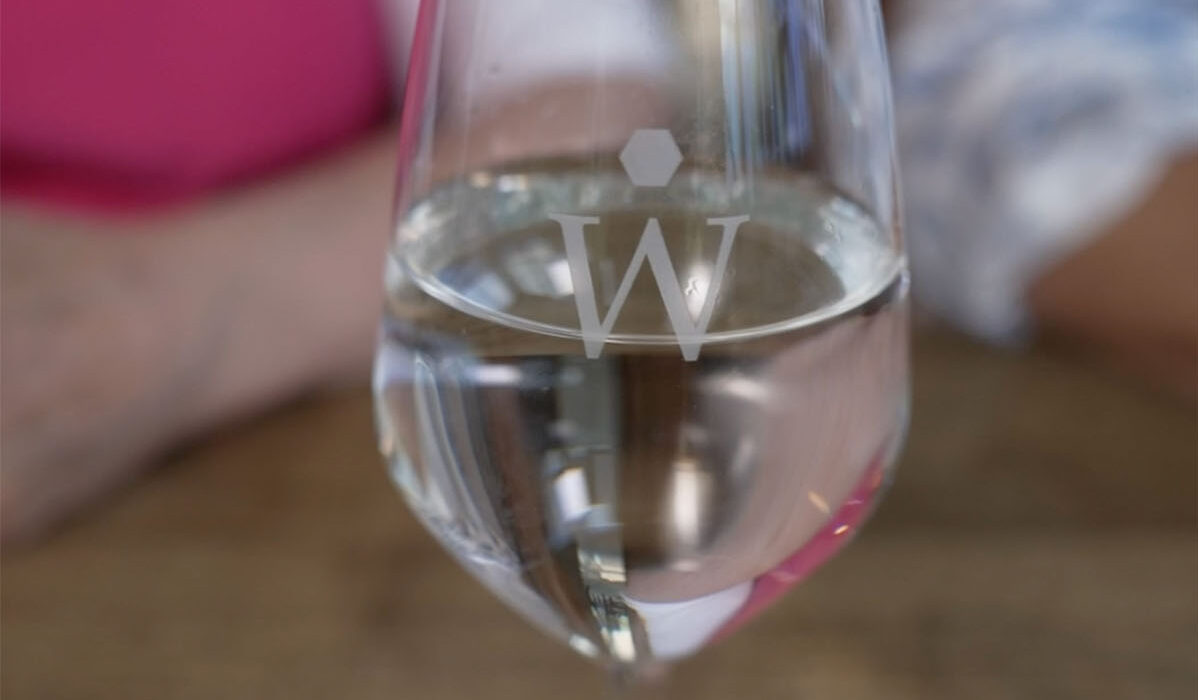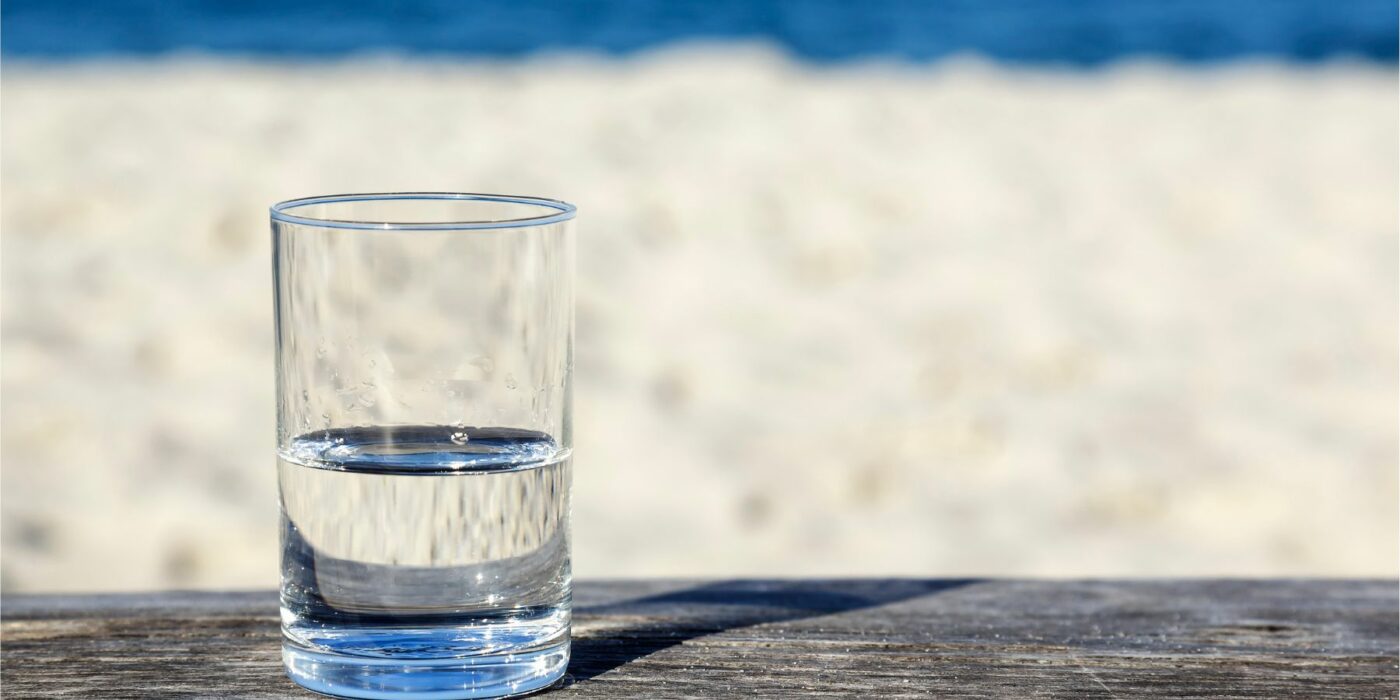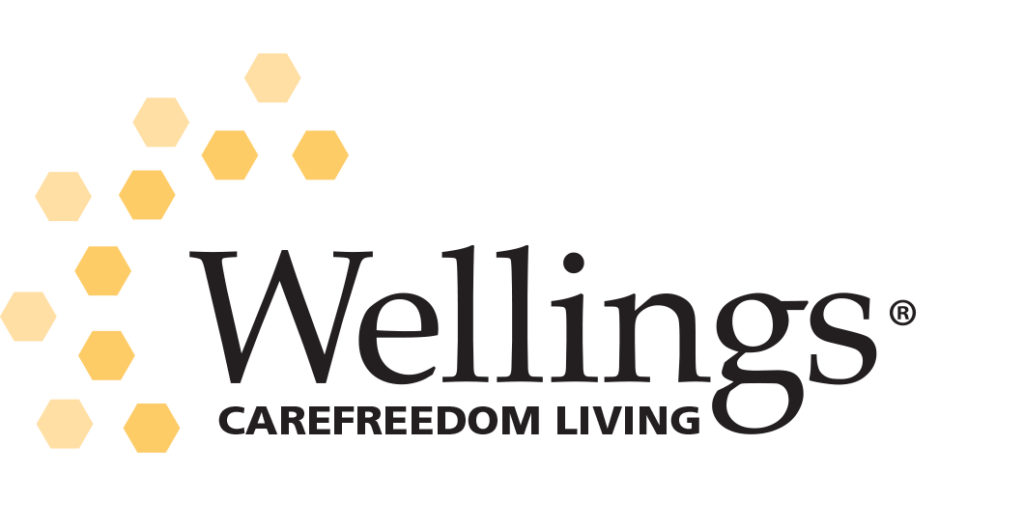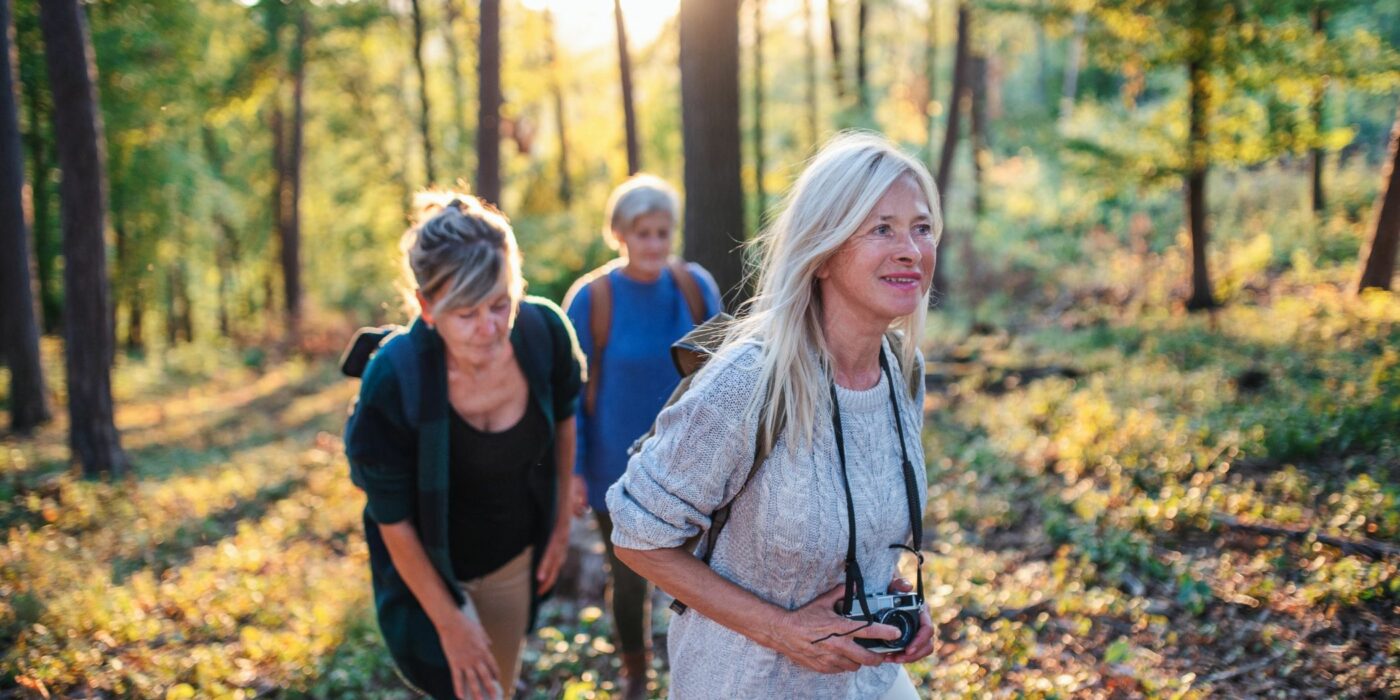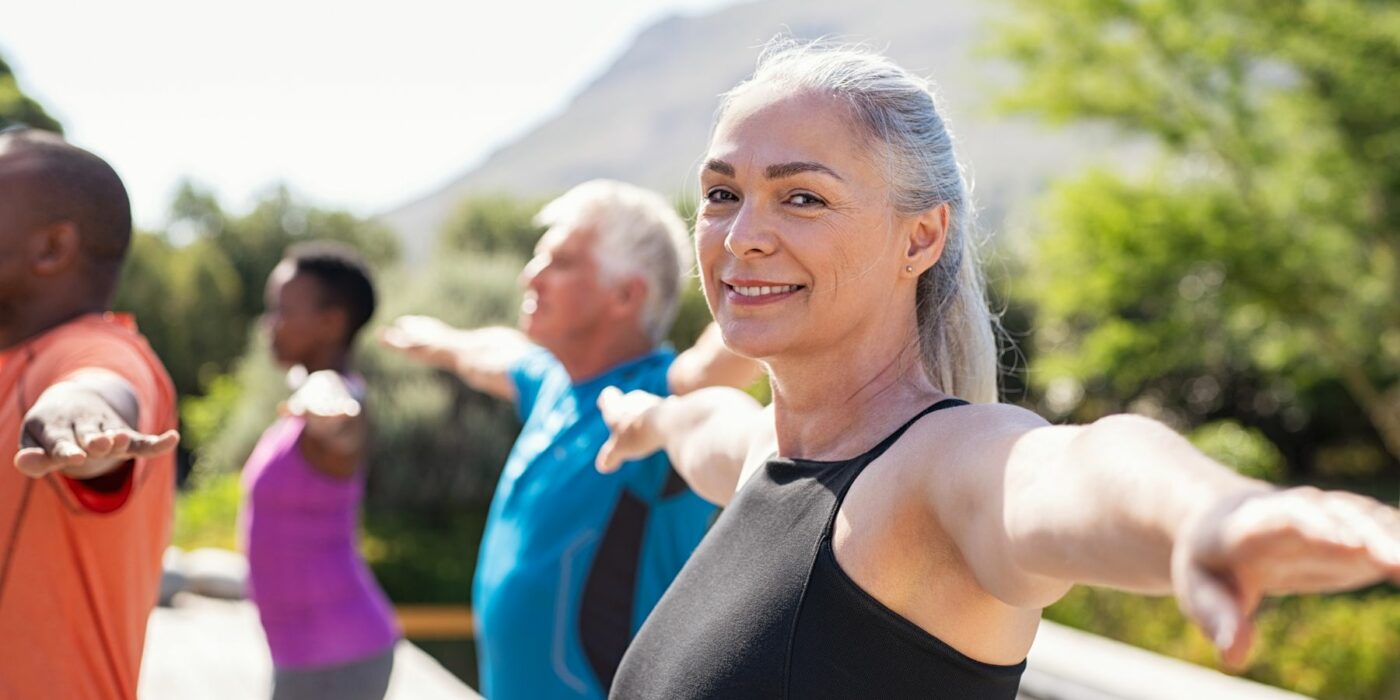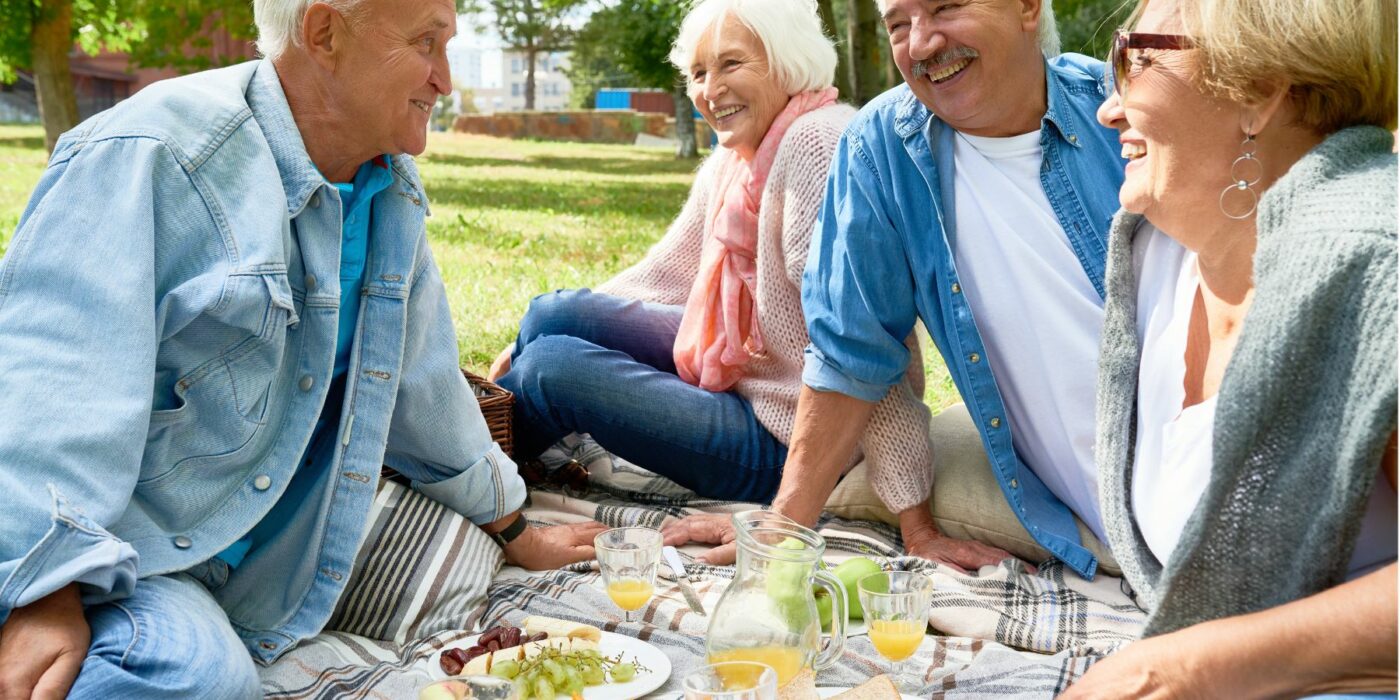Elevating Your Flavour Profiles with Fresh Frozen Vegetables
Ever wanted to have fresh vegetables all year round? In the latest episode of The World of Wellings, Chef Robert shares some innovative tips and tricks on how to enjoy fresh vegetables for longer.
We met up with Chef Robert in his kitchen in the Wellings of Stittsville where he showed us the art of maximizing flavour profiles in your dishes, all while using fresh vegetables that you can freeze and store for later.
Roasting Peppers for Maximum Flavour
We all know we can get peppers year-round. But what if you could capture the taste of summer in your meals even when it’s cold outside? Chef Robert demonstrates how to roast peppers to bring out the depth of their flavour and prepare them for freezing. Roasting not only gives the peppers a smoky aroma but also makes it easy to peel away the skin, keeping the flesh tender and delicious. The skin can sometimes have a slightly bitter taste, so removing it is a smart choice, especially if you’re using the peppers in a dish where their flavour is the star.
Once roasted, the peppers can be frozen and later used in a variety of dishes such as soups, salads, or sauces. The flavour remains intact, even after freezing and thawing, making them a versatile ingredient for any culinary enthusiast.
Blanching and Freezing Vegetables
Another technique Chef Robert introduces is the practice of blanching vegetables before freezing them. By briefly boiling vegetables like beans, broccolini, or asparagus and then immediately plunging them into an ice bath, you can lock in their vibrant colour, crisp texture, and fresh taste. Once cooled, they can be frozen and will retain their quality for months.
When you’re ready to use them, simply thaw and incorporate them into your dishes. Imagine the burst of freshness and colour they can bring to your plate even in the depths of winter.
Adding Herbs and Seasonings
We asked Chef Robert whether he recommends seasoning the vegetables with fresh herbs before freezing. His advice? Add the herbs and seasonings after thawing. This way, you can tailor the flavours to your specific dish and avoid any taste changes that might occur during freezing.
Take Advantage of Seasonal Produce
Chef Robert’s tips are perfect for those who enjoy shopping at farmers’ markets and want to preserve the flavours of summer’s bounty. By freezing fresh vegetables, you can take advantage of seasonal produce and continue to enjoy their taste throughout the year.
Elevating your flavour profiles doesn’t have to be complicated. With these simple tips from Chef Robert, you can enjoy the fresh taste of vegetables all year round and create dishes that are both delicious and nutritious. Click here to watch the video.
The World of Wellings continues to bring you insights from culinary experts and enthusiasts. Stay tuned for more tips, recipes, and kitchen wisdom.
